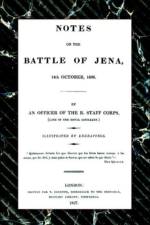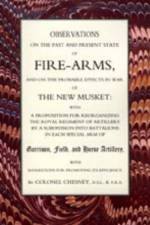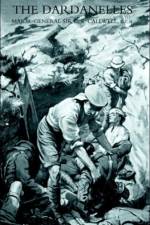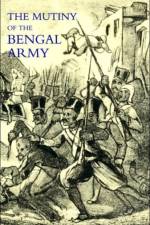- Being the History of the 2/20th Battalion London Regiment in England, France, Salonica, Egypt, Palestine, Germany
av W.R. Elliott
389
The 2/20th Battalion was formed on 3 September 1914 and was allocated to 180th Brigade of the 60th (2/2nd London) Division with which it served till May 1918. The division went to France in June 1916 and served five months on the Western Front before being transferred to Salonika until June 1917 when it was again moved, this time to Palestine with the EEF. In May 1918 the battalion left the 60th Division in Palestine and returned to France, where it was attached briefly (three weeks) to 66th Division before being transferred to 185th Brigade, 62nd (2/West Riding) Division with which it saw out the war and with which it marched into Germany, the only Territorial division to be part of the Occupation Force.The 2/20th Bn's war service in three different theatres makes this a specially interesting history, culminating as it does with the occupation of the Rhineland. This is an example of an excellent battalion history, intended primarily as a souvenir, an aid to memory for all who served in the battalion, a battalion fortunate enough to keep the same CO throughout the whole of its active service from arrival in France to demob in July 1919. The author has provided a comprehensive account of the battalion's experiences, full of incident and one in which, bearing in mind his primary consideration, he has named many officers, NCOs and men as the story unfolds, an aspect most welcome to family historians, genealogists and medallists. There is a Roll of Honour for each theatre with names of the dead listed chronologically in each, regardless of rank. Total casualties amounted to 49 officers and 1313 other ranks of whom 18 and 331 were dead. Only six members of the battalion were taken prisoner. Appendices give the list of Honours and Awards; the nominal roll of officers who embarked with the battalion in June 1916 and what became of them; the nominal roll of WOs and sergeants who embarked in June 1916 including those started out at a lower rank but subsequently became sergeants - and what became of them; a list of the officers who joined the battalion overseas with date of joining and leaving (if they did) and why they left; and a similar list for WOs and sergeants. A final appendix describes the presentation of a King's Colour to the battalion by HRH Prince Albert (later George VI) in April 1920, arranged to coincide with the unveiling of the war memorial. Highly recommended.






























